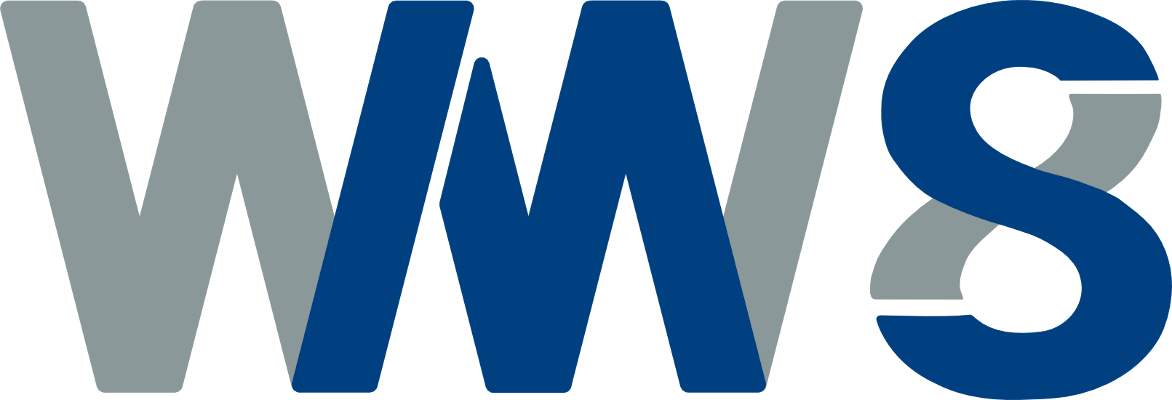Strongly heterogeneous continuum dislocation plasticity
Dr. Stefan Sandfeld
WW8, FAU
Wednesday, 26. November 2014, 16:30
WW8, Room 2.018-2, Dr.-Mack-Str. 77, Fürth
Discrete dislocation models which describe dislocation systems with high accuracy are only computationally feasible for relatively small systems, small strains, and high strain rates. Classical as well as gradient continuum models of plasticity do not suffer from these restrictions but lack sufficiently detailed information about dislocation microstructure. This is particularly problematic when an evolving dislocation microstructure becomes more and more anisotropic: this can only be predicted if a models contains enough information to characterize the anisotropy and to represent its evolution. Among others, this situation can be observed when dislocation structure arises as e.g. observed in the ‘matrix’ and ‘persistent slip band’ microstructures of fatigued FCC metals which are dominated by edge dislocation dipoles.
We present the theoretical foundations of Hochrainer’s ‘Continuum Dislocation Dynamics’ (CDD) theory which represents the same dynamics as discrete dislocation dynamics simulations. However, CDD is – as a continuum framework – in general not limited by the number of dislocations or the amount of accumulated plastic strain. We discuss the conceptual steps which are required in order to describe the evolution of intrinsically anisotropic and/or confined dislocation microstructures in a systematic manner. We then discuss how discrete simulations can be analyzed in order to transfer information e.g. about orientation dependent dislocation intersections and reactions into our continuum description based on a microstructure-dependent Taylor-type yield stress.

